22
Marketing Funnel Explained: What Is Funneling and How It Works
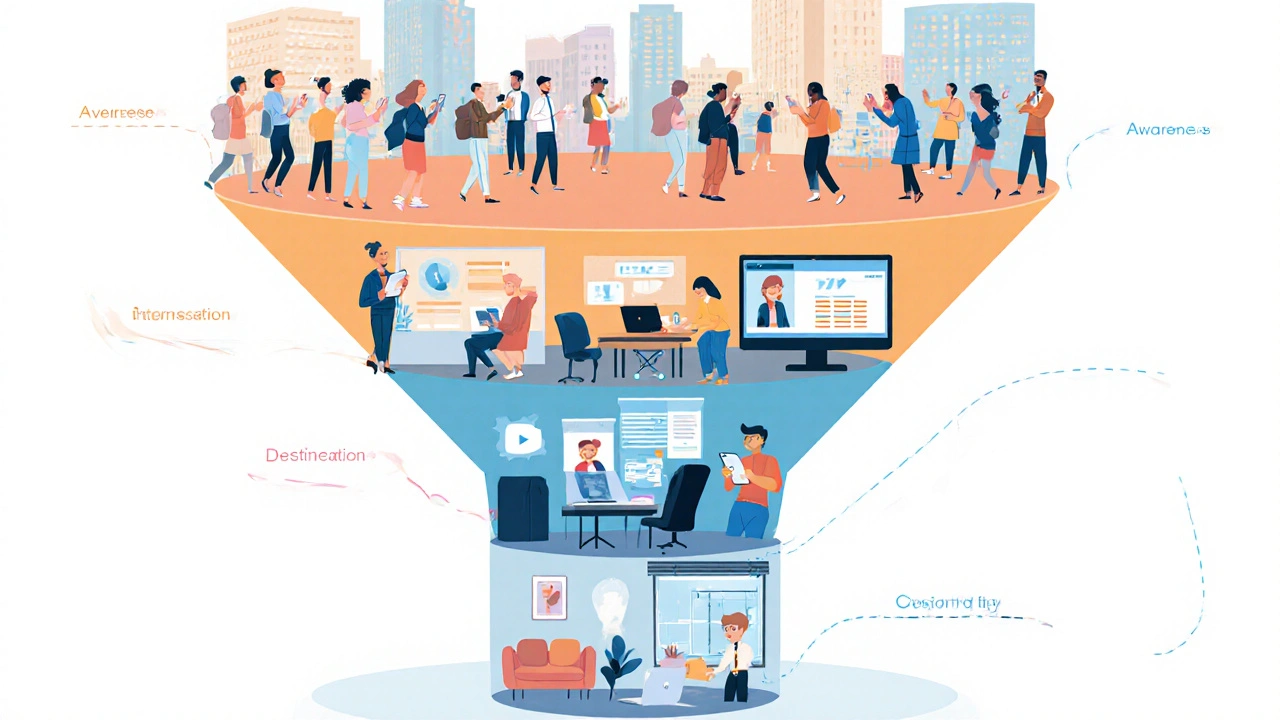
When you hear the word marketing funnel, picture a funnel that guides strangers into loyal customers. It’s the roadmap that tells you what content to serve, when to serve it, and how to move prospects from curiosity to purchase. If you’ve ever wondered why some video campaigns bring floods of sign‑ups while others barely get a glance, the answer usually lies in how well the campaign follows a solid funnel.
Understanding Funnel Basics
At its core, a funnel is a visual metaphor for the marketing funnel - a series of steps that shrink the audience size but increase purchase intent. The concept dates back to the 19th‑century sales pipelines, but modern marketers have layered digital touchpoints, data analytics, and video content on top of the classic model.
Think of the funnel as a staircase: each step narrows the crowd but raises the quality of the lead. If you skip a step or pour the wrong content in, the staircase collapses and prospects drop out.
Key Stages of a Marketing Funnel
Every funnel shares four core stages, though brands sometimes add a post‑purchase "advocacy" rung. Below is a quick rundown of each stage and the goal you should chase.
- Awareness: People discover your brand. The metric that matters here is reach.
- Consideration: Prospects research solutions. Measure lead generation forms and video views.
- Decision: The buying moment. Track conversion rate and checkout completions.
- Retention/Advocacy: Customers become repeat buyers and brand evangelists. Look at repeat purchase frequency and referral traffic.
Each stage represents a different mindset, and your messaging must adapt accordingly. The same video that sparks curiosity in the Awareness stage can feel pushy if you show it to someone ready to buy.
How Video Fits Into Each Funnel Stage
Video is the glue that holds the funnel together because it delivers emotion, information, and a clear call‑to‑action (CTA) in a single package. Below is a handy table that matches popular video formats with the funnel stage they best support.
| Funnel Stage | Video Type | Primary Goal |
|---|---|---|
| Awareness | Brand story or teaser | Reach & impressions |
| Consideration | Explainer or product demo | Lead generation |
| Decision | Customer testimonial or case study | Conversion |
| Retention | Onboarding tutorial or thank‑you video | Customer loyalty |
Notice how the content shifts from broad storytelling to focused proof points. That progression mirrors the customer journey itself.

Building an Effective Video Funnel Strategy
- Define your audience personas. Use demographics, pain points, and media consumption habits. If you know your viewers binge Instagram Reels, craft short‑form teasers for the top of the funnel.
- Map content to each stage. Sketch a simple flowchart: Awareness video → YouTube ad → Consideration video → Landing page → Decision video → Checkout.
- Choose distribution channels wisely. For top‑of‑funnel reach, go where audiences scroll - TikTok, Facebook Feed, YouTube Shorts. For decision‑stage pieces, embed videos on product pages or send them in personalized email sequences.
- Insert clear CTAs. Every video needs a next step, whether it’s “Subscribe for more,” “Download the free guide,” or “Shop now.” Align the CTA with the funnel stage.
- Awareness: Subscribe or follow.
- Consideration: Download a PDF or sign up for a webinar.
- Decision: Click a “Buy Now” button.
- Set up tracking. Use UTM parameters on video links, enable YouTube analytics for audience retention, and connect your CRM to capture leads.
Advanced marketers often tie video performance to a sales funnel dashboard that shows how many viewers become MQLs (marketing qualified leads) and eventually SQLs (sales qualified leads).
- Iterate based on data. If a prospect drops off at the consideration video, consider shortening it or adding more social proof.
By treating video as a series of interconnected assets instead of isolated campaigns, you’ll see a smoother flow of leads and a higher ROI.
Common Pitfalls and How to Avoid Them
Even seasoned marketers trip up on funnel basics. Here are the most frequent mistakes and quick fixes.
- Skipping the awareness stage. Jumping straight to a sales pitch confuses cold traffic. Start with a story that solves a pain point before asking for anything.
- Using the same video everywhere. A 2‑minute demo works on a product page but feels too long for a Facebook ad. Repurpose the core message into different lengths and formats.
- Neglecting retargeting. Viewers who watched 30 seconds but didn’t convert are prime candidates for a reminder video. Use retargeting ads to bring them back.
- Forgetting mobile optimization. Over 70% of video consumption is mobile. Ensure subtitles, vertical formats, and fast loading speeds.
Fixing these issues early saves budget and keeps the funnel humming.
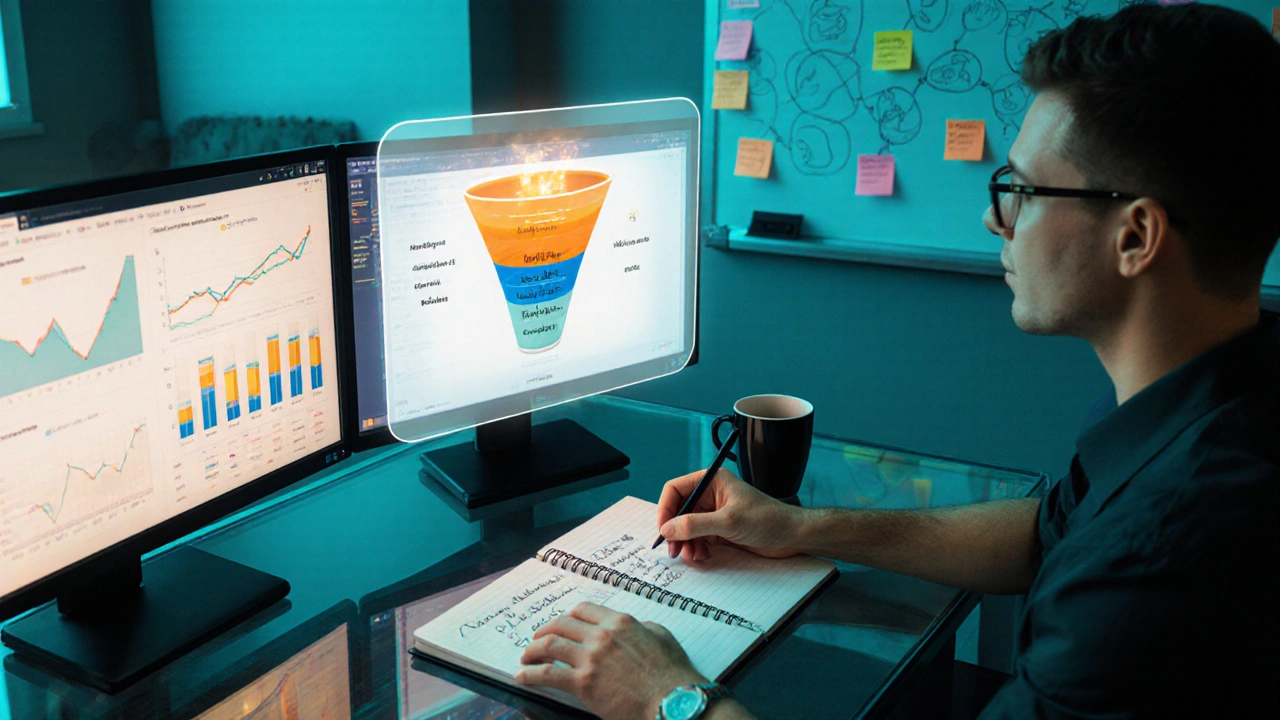
Measuring Success: Metrics That Matter
Numbers guide refinement. Below are the five key metrics you should monitor at each stage.
| Stage | Metric | Why It Matters |
|---|---|---|
| Awareness | Impressions & Reach | Shows how many eyes your video gets. |
| Consideration | Video Completion Rate | Indicates engagement and message clarity. |
| Decision | Conversion Rate | Direct link to revenue. |
| Retention | Repeat Purchase Frequency | Signals long‑term loyalty. |
Cross‑reference these figures with your overall customer journey map. A dip in completion rate may reveal a confusing call‑to‑action, while a high repeat purchase frequency suggests your retention videos hit the mark.
Quick Checklist for a Healthy Funnel
- Audience personas defined and updated quarterly.
- Video assets mapped to each funnel stage.
- UTM tags attached to every video link.
- Mobile‑first formats tested on at least three devices.
- Retargeting campaigns ready for drop‑off viewers.
- Weekly dashboard showing the five core metrics.
Run through this list before launching a new campaign, and you’ll catch most issues before they cost clicks.
Frequently Asked Questions
What exactly does “funneling” mean in marketing?
Funneling is the process of guiding prospects through a series of steps-from first exposure to final purchase-using targeted content, offers, and calls‑to‑action.
How many stages should a marketing funnel have?
Most marketers use four core stages (Awareness, Consideration, Decision, Retention). Some add an Advocacy layer after Retention for brand ambassadors.
Can a single video serve multiple funnel stages?
It’s better to tailor videos to each stage, but a well‑crafted brand story can work both for Awareness and early Consideration if you pair it with different CTAs.
What tools help track video performance across the funnel?
YouTube Analytics, Google Analytics with UTM parameters, and CRM platforms (HubSpot, Salesforce) that log video‑linked lead forms are the most common stack.
How often should I refresh my funnel videos?
Review performance quarterly. If any metric drops more than 20% or your product changes, update the relevant video.

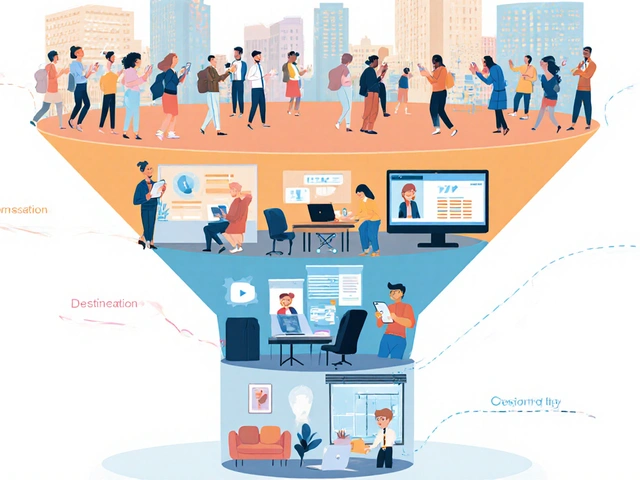
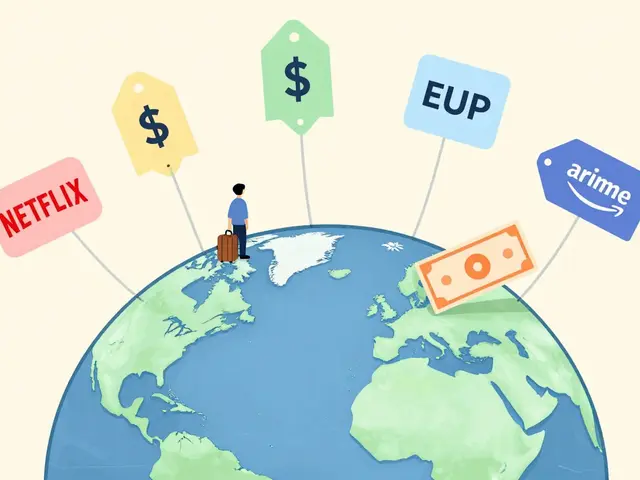


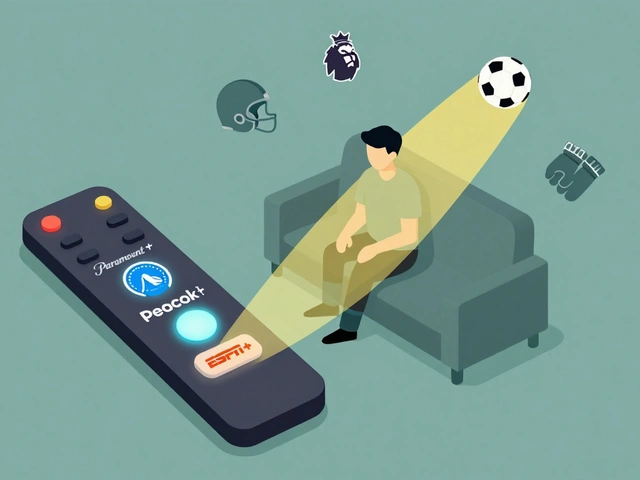
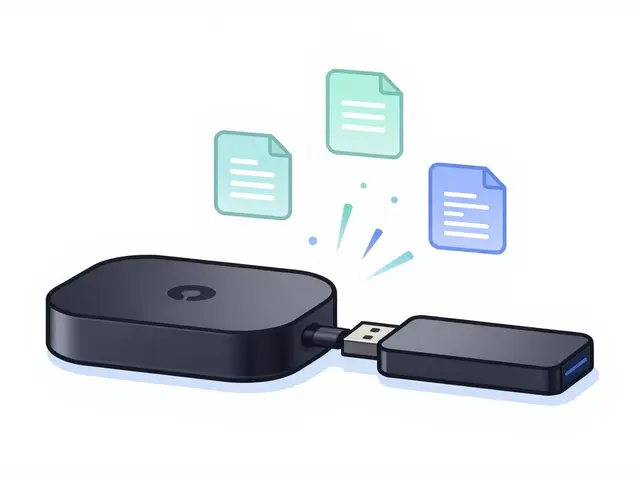
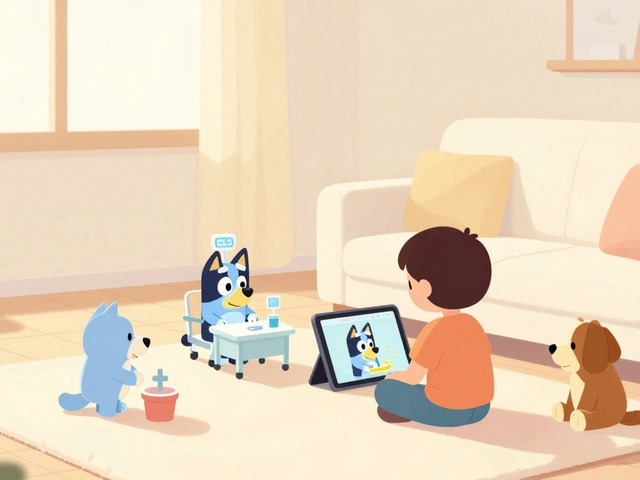
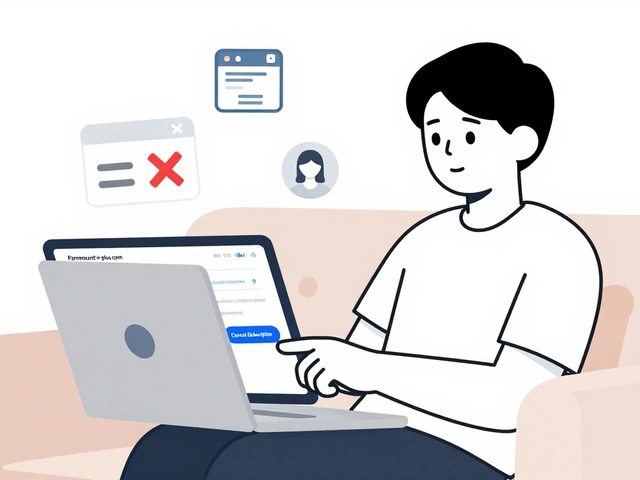
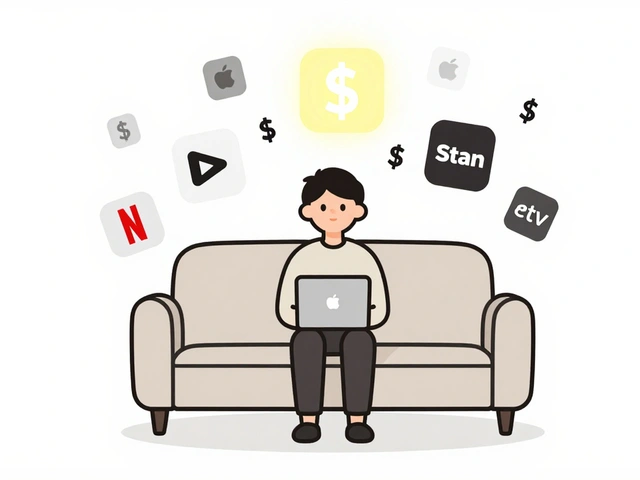
Nalini Venugopal
October 22, 2025 AT 16:34Great breakdown! The funnel metaphor really helps visualize how each piece of content nudges a prospect toward the next step. By mapping video types to awareness, consideration, decision, and retention, marketers can avoid the common mistake of a one‑size‑fits‑all approach. Consistent CTAs at each stage keep the journey smooth and measurable.
Keep the checklist handy for every new campaign.
Aditya Singh Bisht
November 2, 2025 AT 01:34Absolutely! Adding short reels at the top of the funnel spikes reach, and then following up with a deeper explainer keeps the momentum alive. When you test different CTAs you’ll see which hook drives the most qualified leads. The energy you put into each stage translates directly into higher conversion rates.
Agni Saucedo Medel
November 12, 2025 AT 11:34Nice points! 😊 Using the right video length for each platform also boosts completion rates, especially on mobile where attention spans are short. Pairing a quick teaser with a clear “learn more” button makes the next step obvious.
🚀
ANAND BHUSHAN
November 22, 2025 AT 21:34The simple thing is to make sure your videos load fast on mobile. A laggy player kills engagement before the message even starts. Optimizing bitrate and adding subtitles can lift completion numbers dramatically.
Indi s
December 3, 2025 AT 07:34Totally agree. I’ve seen a 25 % lift in leads just by fixing loading speed and adding closed captions. It’s a low‑effort win for the consideration stage.
Rohit Sen
December 13, 2025 AT 17:34Funneling is just a buzzword for structured persuasion.
Vimal Kumar
December 24, 2025 AT 03:34Hey, I’d add that “structured persuasion” works best when you actually map the audience journey. A clear step‑by‑step guide prevents the funnel from collapsing under vague messaging.